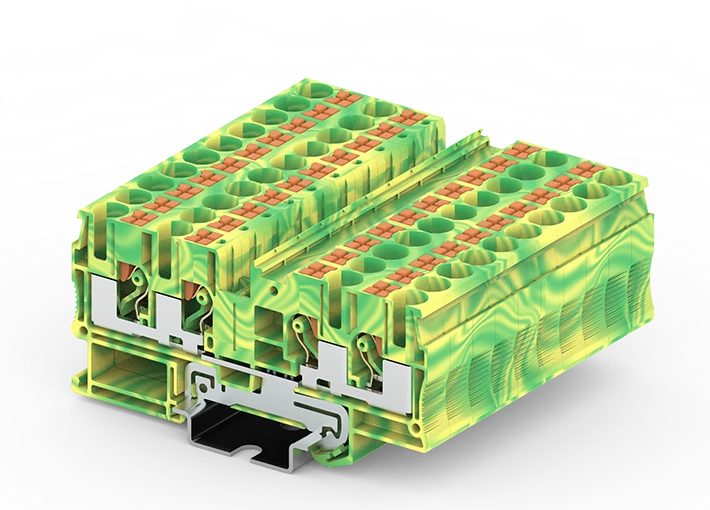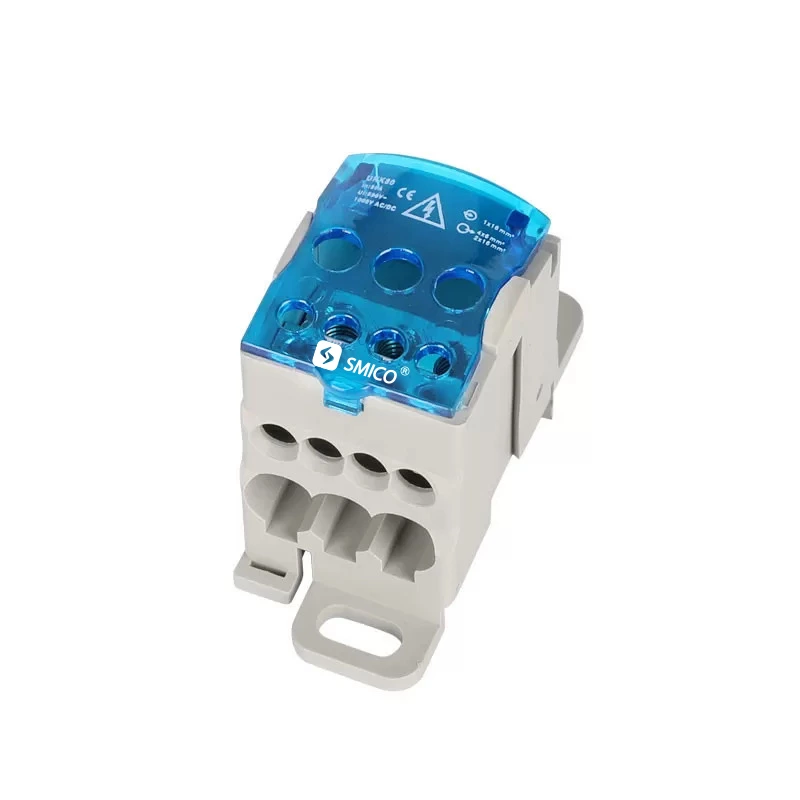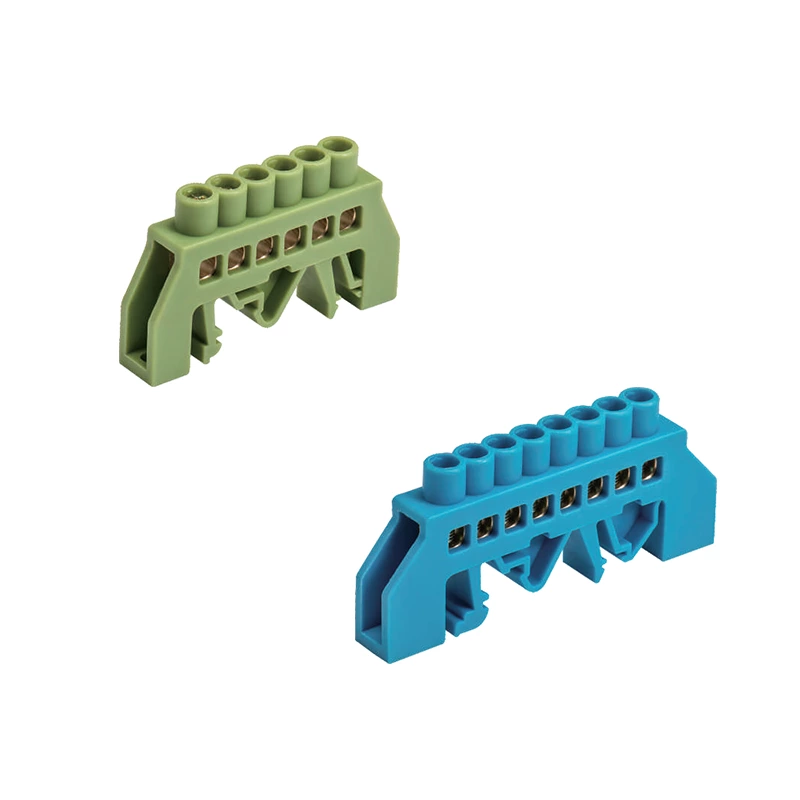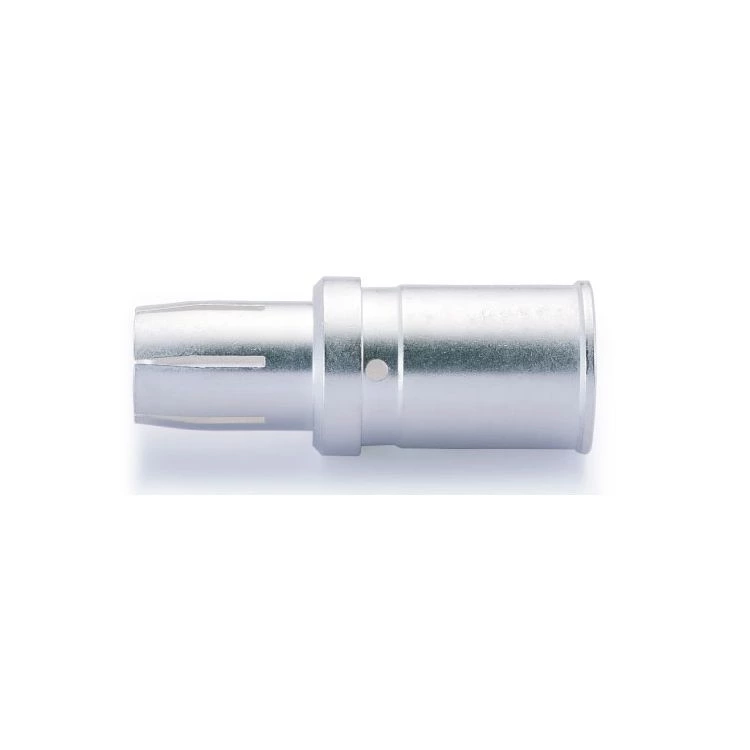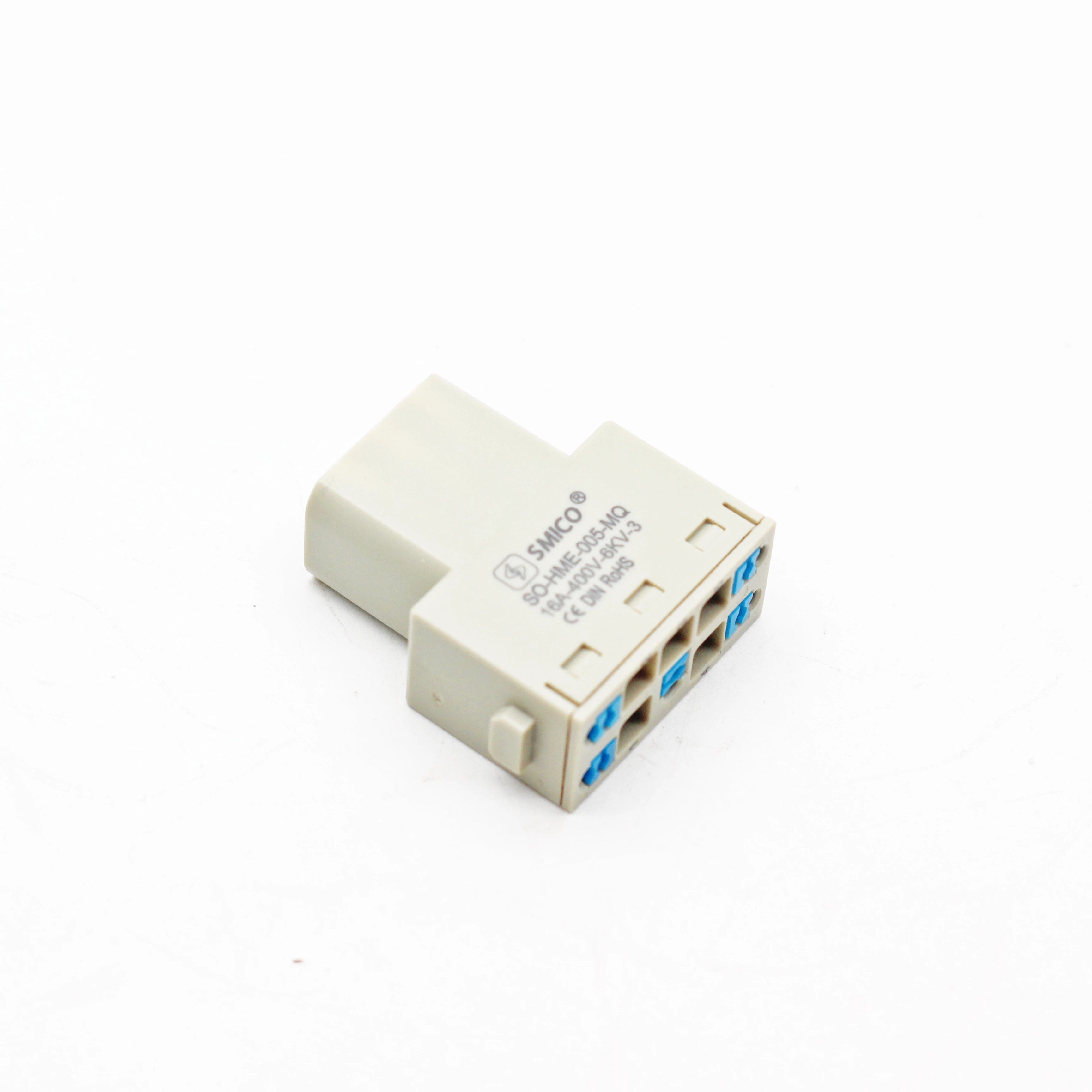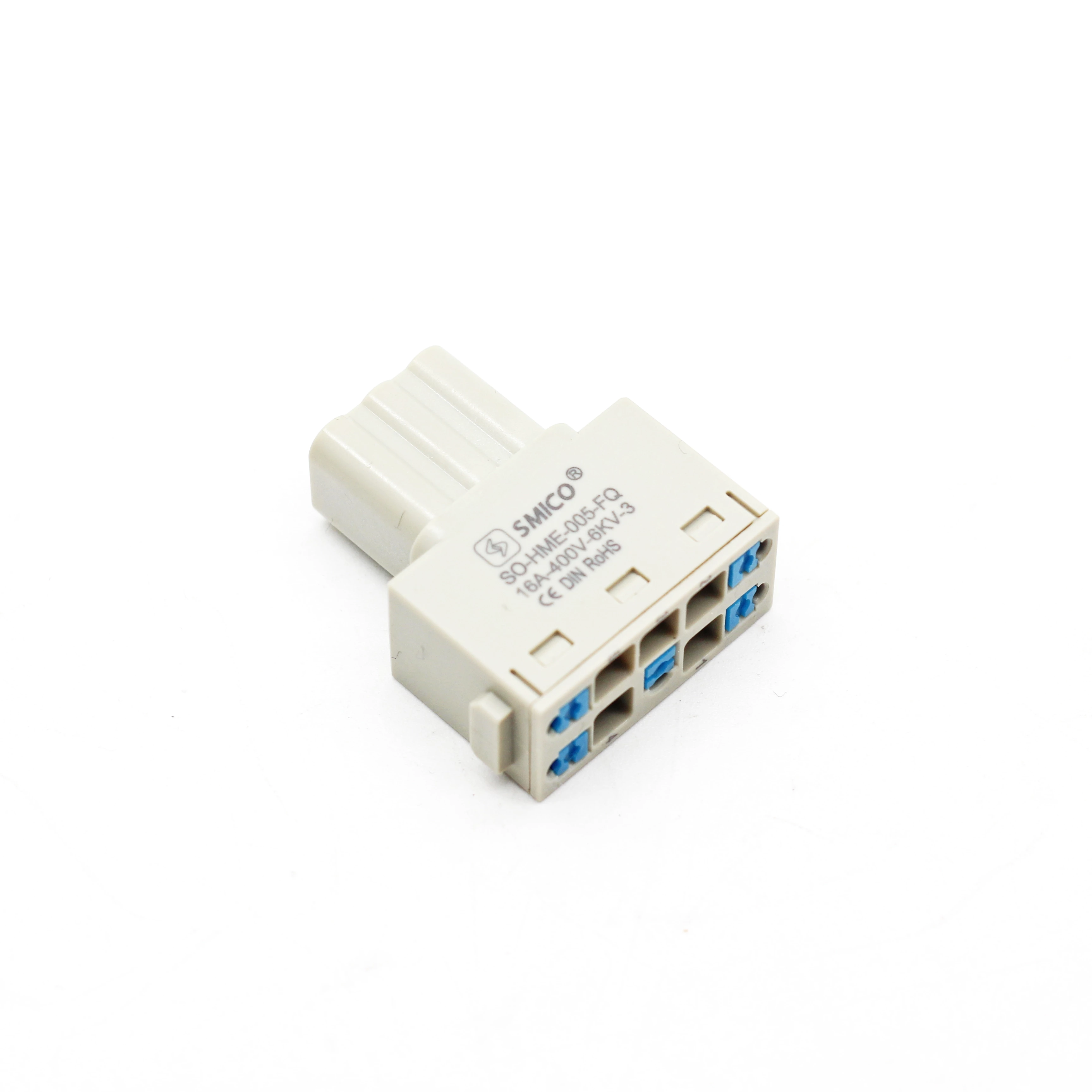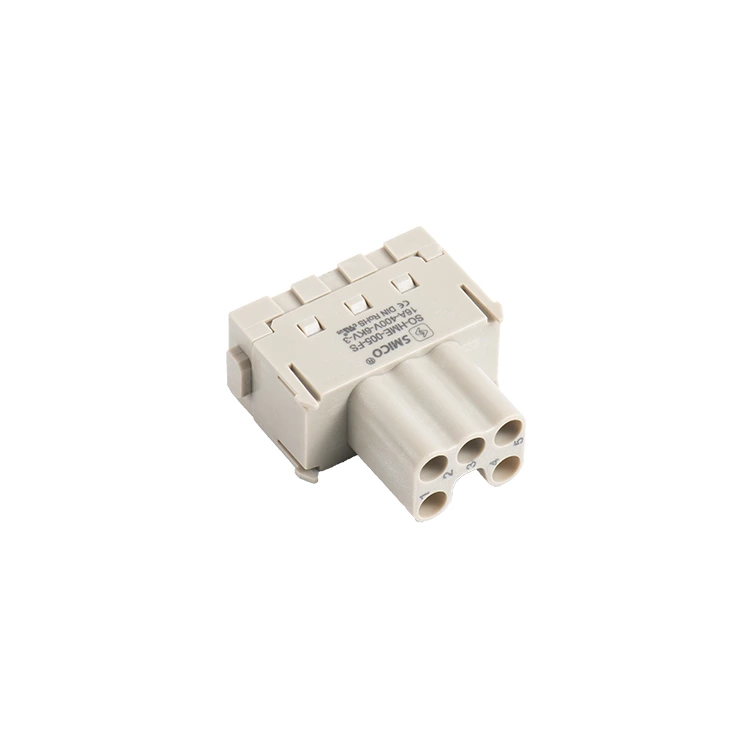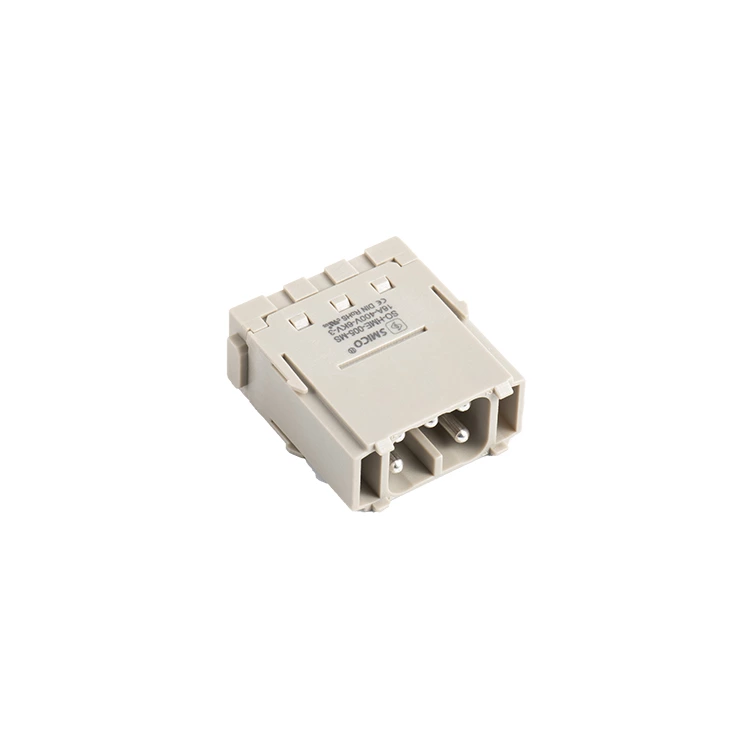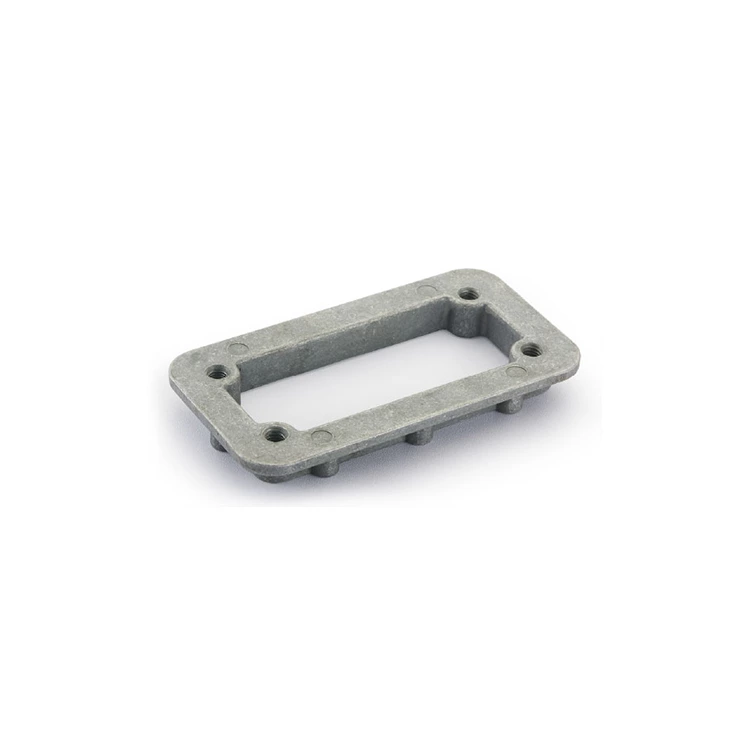Introduction To Matte Tin Plating Of Push-in Terminals
push fit connector block typically uses copper or copper alloys as the base material, and a layer of tin film is applied to the metal contact surface of push fit terminal; this is the process of matte tin plating. Tin plating is achieved by electrolysis to coat the metal surface with a tin layer.
Matte tin has a matte, non-reflective appearance, a relatively coarse surface grain, and a thickness typically of 5µm or 8µm.
The matte tin layer provides surface protection for the copper substrate. In humid or saline environments, this tin film inhibits copper oxidation and the formation of verdigris, helping to maintain stable contact resistance.
When push fit terminal block connector uses a spring-loaded or spring-pull-in structure, the oxide film on the matte tin surface breaks during the crimping process, allowing the bare tin metal to directly participate in the contact, establishing a metal-to-metal conductive path.
This tin layer also reduces the coefficient of friction during processing and assembly, providing more consistent physical properties, making it relatively friendly for both production and field wiring.
